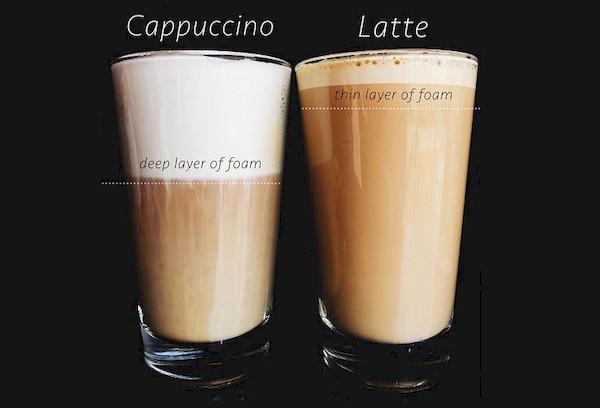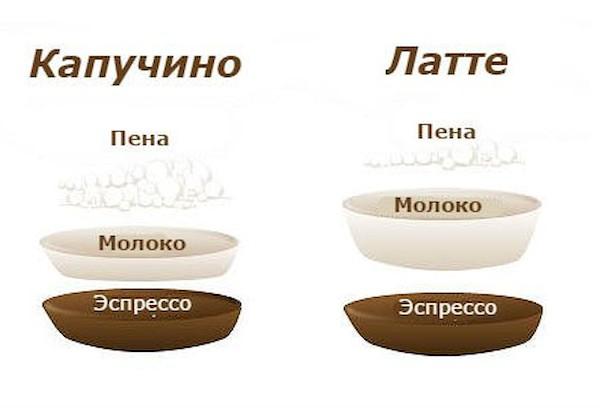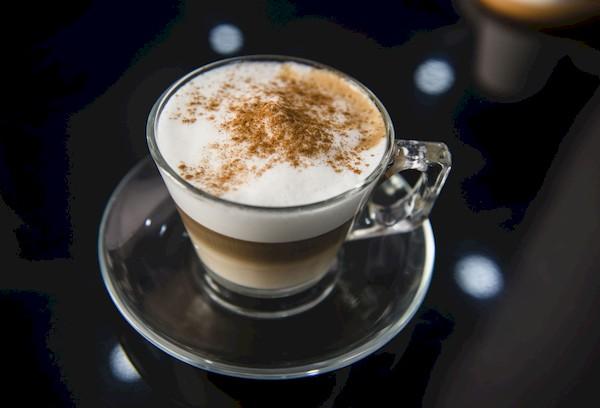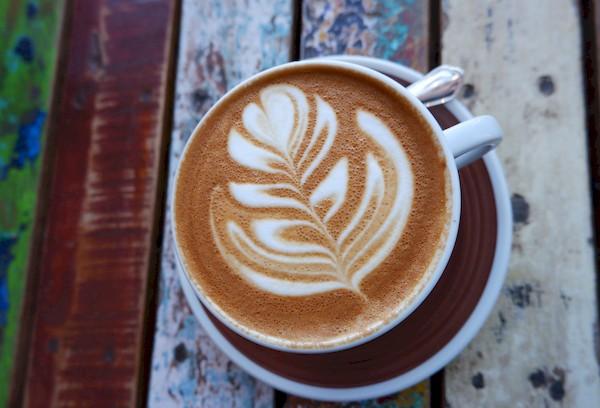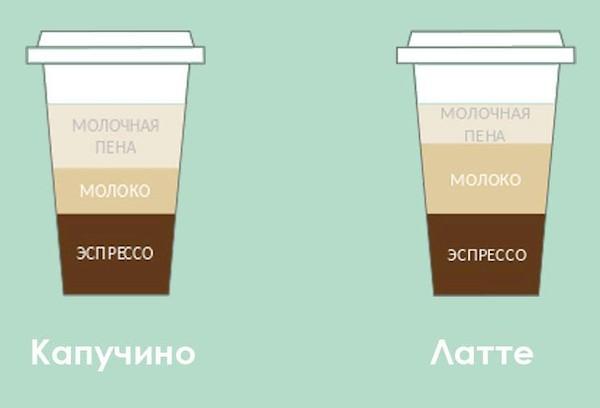What is the difference between latte and cappuccino, which is tastier and better?
If you ask gourmets how a latte differs from a cappuccino, many will answer: the volume of the drink and the amount of milk. Lattes are usually larger in the glass and are milkier. The cappuccino has the perfect balance of coffee and milk flavors, and the foam on the surface is thick and dense. If desired, you can eat it with a spoon.
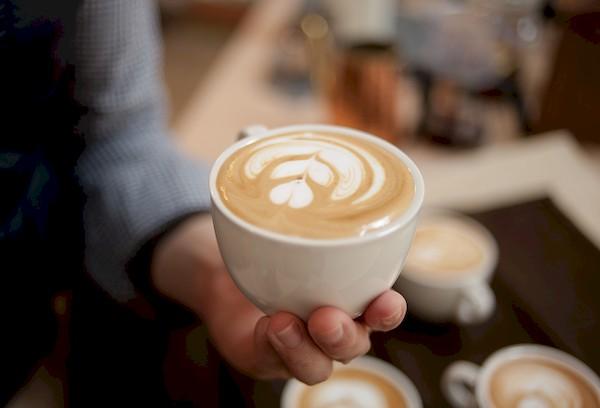
How to distinguish a latte from a cappuccino?
Latte and cappuccino are among the TOP 5 most popular coffee drinks around the world. Both are made with espresso and milk, but are very different. What is the difference between them briefly:
- The latte tastes noticeably milky. It contains minimal amounts of coffee and caffeine.
- Latte foam is more voluminous and loose, cappuccino is dense and persistent.
- Cappuccino is often served in standard portions; latte is more of a giant drink.
- Drawings are often used on cappuccino.
Difference in the photo:
Comparison in the table:
| Original latte | Cappuccino | |
| Volume of finished drink | average 220 ml (up to 500 ml) | on average 160 ml |
| Proportions of coffee with milk | 15% espresso 85% milk | 33% espresso 67% milk |
| Taste | soft and silky, milky coffee | expressive, coffee bitterness balanced with milky tenderness |
| Appearance | a three-layer drink consisting of a layer of milk, espresso and soft, airy foam
or whole drink with an openwork layer of loose foam up to 1 cm |
a two-layer drink consisting of coffee with milk of reddish-brown color and dense foam up to 1.5 cm high |
| Served | in a large glass mug with a handle
or in an opaque glass |
in a thick-walled cup |
| Analogues | latte macchiato, mocha | flat white |
Latte - what is it?
In the homeland of latte, Italy, the word “latte” means “milk”. When ordering, the bartender will simply put a glass of milk on the table, and he will be right.
In Italy, and in most foreign countries, the usual coffee and milk drink on the menu is designated “caffe latte” or “caffelatte”, that is, “coffee with milk”.
According to legend, the latte was invented by Italian housewives. Adding 3-6 servings of milk to espresso allowed even children to drink coffee. The drink turned out to be very delicate in taste - ideal for a cozy, quiet morning. Another legend says that the bartender of an old Italian coffee shop decided to flavor warm milk and poured a cup of espresso into it. As it were:
Lattes are more milk and coffee than coffee and milk.
Traditionally, Italians drink it in the morning. It is believed that drinking the drink later may cause digestive problems. For the same reason, it is not served after a hearty lunch. The best time for a latte is breakfast and second breakfast.
The original drink is prepared from 30-50 ml of espresso and 180-200 ml of milk. Cooking features:
- Brew a shot of espresso from finely ground coffee.
- Heat milk with a fat content of 3% to 50-60 degrees and froth it with a cappuccino maker for 30 seconds.
- Pour espresso into a large glass.
- Pour frothed milk into a mug.
To diversify the taste, vanilla, chocolate, banana and other syrups, and amaretto liqueur are added to the latte. If desired, you can sprinkle the milk foam on top with grated chocolate, cinnamon, nut crumbs, and cocoa.
What is cappuccino?
The history of the origin of cappuccino is quite confusing. In Italian, “cappuccino” is a Capuchin (monastic order).It is believed that since the 17th century, "Capuchin" also denoted the red-brown color, such as the monastic robes of the Capuchin friars. The first kind of cappuccino was prepared in Austria using egg yolks and cream. Thanks to the addition, the coffee ceased to be bitter, its taste became sweetish and soft.
Cappuccino is valued for its balanced strength, tenderness and aesthetics.
Modern cappuccino appeared after 1901 with the invention of the coffee machine by Luigi Bezzera. The steam produced by the machine was used to froth milk. The foam head of the drink should be stable, dense, elastic, and resemble a glass surface. You cannot get such foam with a regular frother, but only in a coffee machine.
To make cappuccino, choosing the right milk is very important.
In order for a dense foam to form, it must be whole, with a high content of proteins and fats.
What is the difference in making cappuccino and latte:
- The milk is expanded faster by steam and churned longer.
- When pouring espresso, first stir with frothed milk, and then pour out the remaining foam (make a drawing)
- To prepare a standard portion of cappuccino, less milk is required - 120 ml (per cup of 30-50 ml of espresso).
Question answer
What is the difference between a latte and a latte macchiato?
Literally “latte macchiato” is translated from Italian as “stained milk”. Unlike the original latte, the macchiato has a brown spot in the middle of the white foam head. For the macchiato version, the milk is whipped more strongly, and the espresso is poured in last. This brown trace can be observed if the barista does not decide to decorate the drink.
What is latte art?
When served, milk-coffee drinks are often decorated with designs of frothed milk (latte art).Latte art is the art of painting with milk. It is used to decorate any coffee and milk drinks. In order for the design to work out, the milk for decoration must be hot, of a special creamy consistency without large bubbles of foam.
In conclusion, the word “latte” can refer to completely different drinks in different countries and even in neighboring coffee shops. For example, Japanese green tea matcha with milk (matcha latte). They make lattes with seaweed and beets, even with mushrooms. The main thing about the drink is that it contains about 85% milk. Cappuccino contains more coffee and less milk, its taste is sharper and better balanced.
